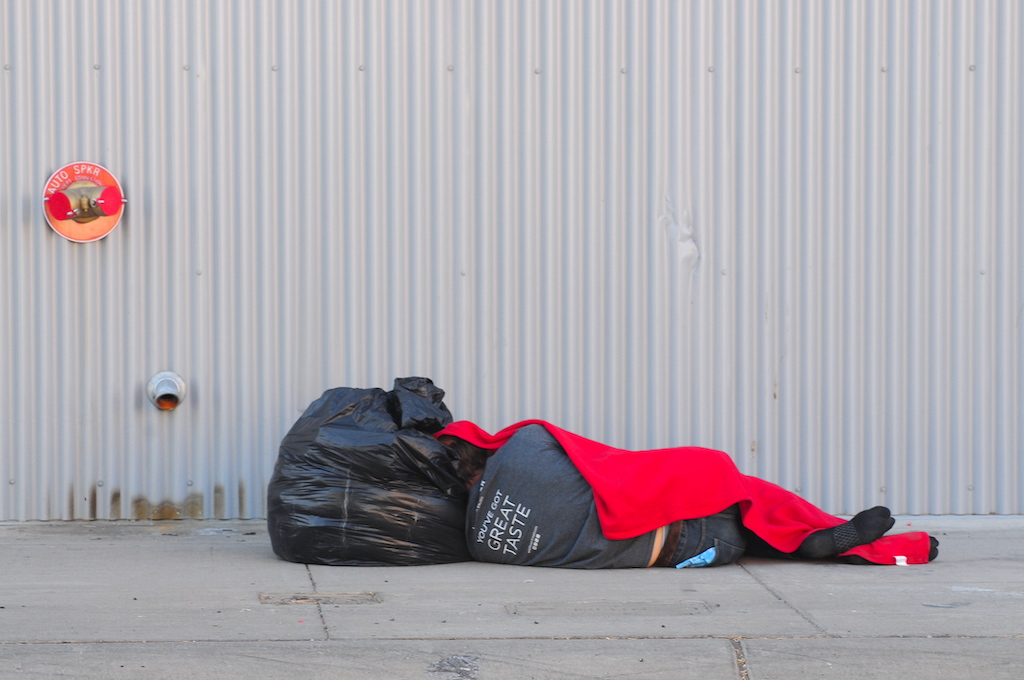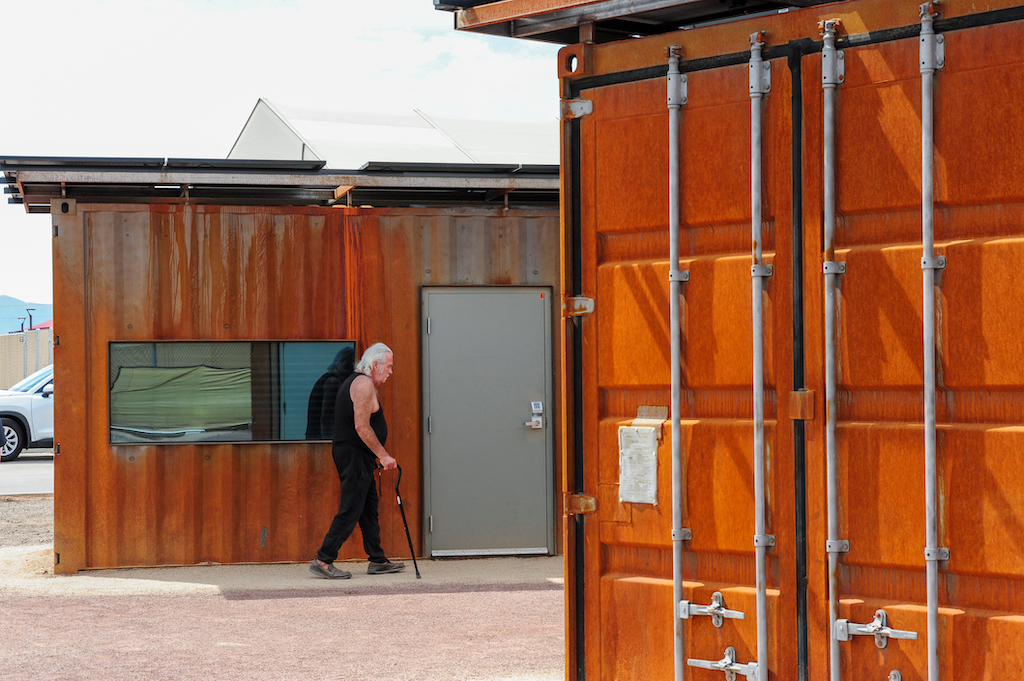PHOENIX – On a stretch of land between warehouses and distribution centers in west Phoenix, a new chapter in the city’s response to homelessness is taking shape. The Phoenix Navigation Center, now open as a west Phoenix homeless shelter, brings 280 new shelter beds and an array of on-site services to a community facing growing housing instability.
With dorm-style beds, private rooms made from repurposed shipping containers, and integrated services ranging from case management to workforce development, the center represents a shift in how Phoenix approaches homelessness. It also reflects a broader national reckoning with housing insecurity as a structural, not just individual, crisis.
The opening of the west Phoenix homeless shelter arrives just weeks before triple-digit temperatures begin sweeping across the Valley. As of January 2025, Maricopa County had confirmed 602 heat-related deaths in 2024. At least half of those deaths involved people experiencing homelessness, according to county data.
With the new shelter now open, the city has announced its 2025 Heat Response Plan, which expands respite centers, extends library cooling hours, and adds a 24/7 downtown site with navigation and shelter transport. The plan follows 2024, the hottest year on record in Phoenix, with 113 straight days at or above 100 degrees. Despite the extreme heat, the city saw a 20% drop in heat-related 911 calls and the first countywide decline in heat deaths in a decade.
The Phoenix Navigation Center offers something rare in the region: a centralized, service-rich environment designed not just for survival, but for long-term stabilization. Whether that’s enough to close the growing gap between need and capacity remains to be seen.
Related → Light Rail expansion in South Phoenix marks key shift in urban transportation
A crisis with deep roots
Metro Phoenix, like many major U.S. cities, is grappling with a historic rise in homelessness. According to the Maricopa Association of Governments, more than 9,600 people were counted as experiencing homelessness during the region’s 2024 point-in-time count. Of those, more than half were unsheltered—living in tents, vehicles or directly on the streets.
Housing costs have outpaced wages for years. Rents in the Valley have increased nearly 50% since 2020, while earnings for low-income workers have largely stagnated. Combined with health crises, family breakdowns, and job losses, the pressure has pushed thousands into housing precarity. Sociologists describe this process as social dislocation—the breakdown of personal networks and community systems that once acted as informal safety nets.
Extreme heat has compounded the urgency. For people without access to stable shelter, Phoenix’s relentless summer temperatures pose a deadly threat. In response, the city’s Office of Homeless Solutions plans to add 790 shelter beds across 2024 and 2025. The west Phoenix homeless shelter, part of that effort, brings new beds and services to an area already impacted by homelessness.

A shelter, reimagined
Unlike traditional models, the west Phoenix homeless shelter operates as a closed campus. Guests must be referred by an outreach provider, and the center prioritizes individuals who are already unsheltered in the immediate area.
The Phoenix Navigation Center provides 200 congregate beds split across two Sprung Structures—one for men, one for women. An additional 80 private rooms, known as the “X-Wing,” are built from climate-controlled, repurposed shipping containers. These non-congregate units provide locking doors, air conditioning, and privacy—elements increasingly seen as critical in trauma-informed shelter design.
A third structure on the campus serves as a navigation hub, offering wraparound services: housing assistance, behavioral health care, job training, and medical support. Guests also have access to secure storage, three daily meals, showers, kennels for pets, and RV parking.
In partnership with the St. Vincent de Paul Neighborhood Brigade, the west Phoenix homeless shelter also connects guests to paid beautification projects such as landscaping, trash removal and graffiti abatement—intended as both job-readiness training and a pathway to community reengagement.
Local opposition and structural tension
Despite its design and safeguards, the shelter’s development faced backlash from residents in Estrella Village, a majority-Hispanic, working-class neighborhood near the site. Many residents expressed concern about safety, transparency, and why their community—already under-resourced—was selected.
The city responded by emphasizing the center’s closed-campus model, 24/7 security, and referral-only access. Officials also agreed to create a community advisory board, conduct periodic impact reviews, and develop a coordinated security plan with law enforcement.
Still, opposition reflects a broader issue in urban homelessness policy: communities of color and low-income neighborhoods are disproportionately selected to host shelters and services. Sociologists refer to this as an unequal geography of social investment—where some areas receive revitalization, and others absorb the city’s most visible crises.
Innovation meets limitation
The west Phoenix homeless shelter marks a strategic shift in how the city addresses homelessness, combining shelter, services and structured entry in one location. But the shelter’s 280 beds represent just a fraction of the need.
Its long-term success depends on continued funding and interagency coordination. And while its closed-campus model may help avoid issues like loitering or overcrowding, it also limits walk-up access for people in crisis who haven’t been reached by outreach teams.
There are concerns, too, that expanding shelter capacity may give local governments political cover to enforce camping bans—without fully resolving the underlying drivers of homelessness, such as a chronic lack of affordable housing, underfunded mental health systems, and stagnant wages.
While the Phoenix Navigation Center delivers individualized services and shelter, it does not—and cannot—resolve these root causes alone.
More than a name
For now, the west Phoenix homeless shelter provides 280 people with a safe, climate-controlled place to sleep, access to food and medical care, and help navigating the complex systems of housing and recovery. In a city where being unhoused can be fatal in summer, that matters.
Whether the Phoenix Navigation Center becomes a model or a missed opportunity will depend on what comes next—both inside the facility’s walls and far beyond them. Ending homelessness requires more than shelter. It demands policy, persistence, and political will.
Where is the new shelter in west Phoenix?
The address of the new shelter is 11 S. 71st Ave., just south of Van Buren Street in Phoenix.
© 2025, Eduardo Barraza. All rights reserved.




